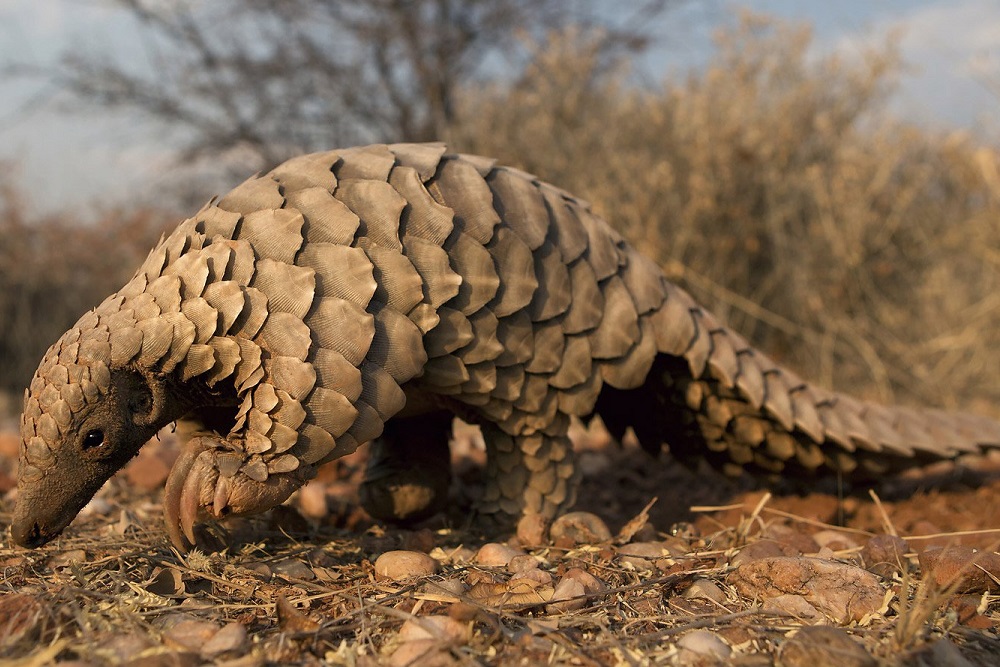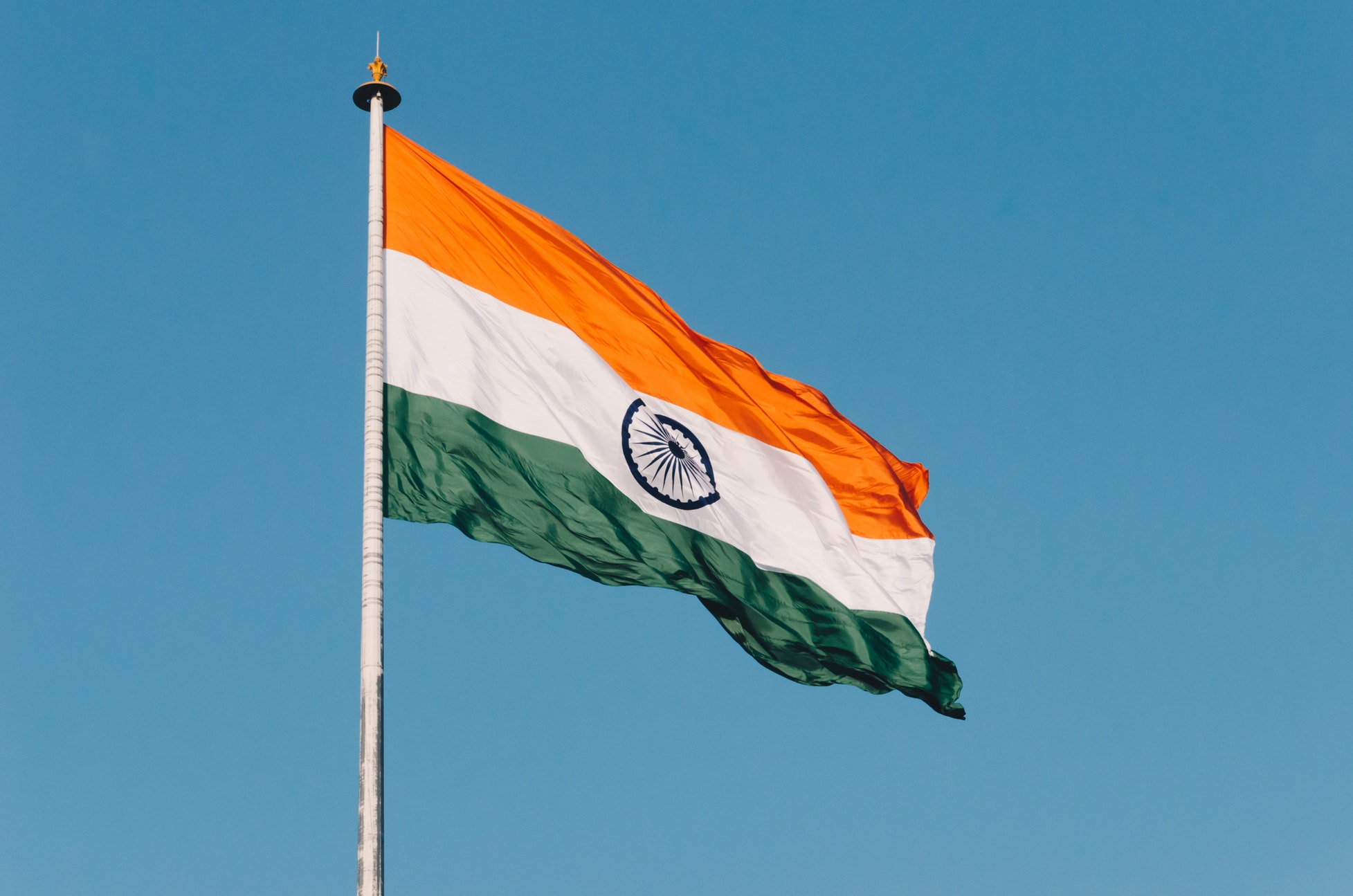Researchers at the South China Agricultural Institute have linked the coronavirus source to the endangered pangolin as a potential intermediate host.
According to reports, after testing of over 1,000 samples from wild animals, scientists from the university found the genome sequences of viruses in pangolins to be 99 percent identical to those on coronavirus patients.
The coronavirus source, which was initially believed to have originated in bats, although researchers suggested there have to have been an “intermediate host” in the transmission to humans.
According to the International Union for Conservation of Nature (IUCN), the pangolin is an endangered species. And is considered to be one of the most trafficked animals on the planet as more than one million have been snatched from Asian and African forests in the past decade.
Notably, their scales are very expensive and are used for traditional medicine, and their meat is bought on the black market.
Currently, the death toll from the novel coronavirus outbreak has risen to 803 in China on Sunday, February 9, according to official figures, overtaking the global toll for SARS.
Experts reactions to the new coronavirus source
Since the new information from South China Agricultural Institute linking the coronavirus source to Pangolin experts has called on them to release more data from their research.
James Wood, a veterinary medicine professor at the University of Cambridge, said simply identifying the similarity between the genome sequences of viruses is not sufficient.
He noted the results could have been caused by contamination from a highly infected environment.
Martine Peeters, a virologist at France’s Institute for Research and Development (IRD), worked on the team that identified the host animal of the Ebola virus during recent epidemics.
They found that it was indeed a bat that passed the virus on to humans, and Peeters believes that’s likely to be the case this time around.
Also, Jonathan Bell, a professor of molecular virology at the University of Nottingham, noted there’s a need to see all of the genetic data to get a feel for how related the human and pangolin viruses are.
Neil D’Cruze, global head of wildlife research at World Animal Protection, also supported other expert’s claims for additional information on the coronavirus source.
He further noted:
Since, the coronavirus source is still unknown, we want to do everything in our power to prevent deadly disease outbreaks from spreading. Firstly, a permanent ban on wildlife trade, in China, and around the world, is the only solution.
Numbers stabilizing
The latest data from the World Health Organisation suggest the numbers of victims from the epidemic were “stabilizing,” although it warned it was too early to make any predictions about whether the virus might have peaked.
WHO chief Tedros Adhanom Ghebreyesus also warned against misinformation about the virus, noting it makes the work of healthcare staff harder.
According to Ghebreyesus:
We’re not just battling the virus, we’re also battling the trolls and conspiracy theorists that push misinformation and undermine the outbreak response.
OPEC has also put up structures to contain the virus as they noted it had affected the economy negatively.
Mohamed Arkab, president of the conference of OPEC, said the coronavirus epidemic had harmed economic activity, notably in transport, tourism, and industry, particularly in China.







